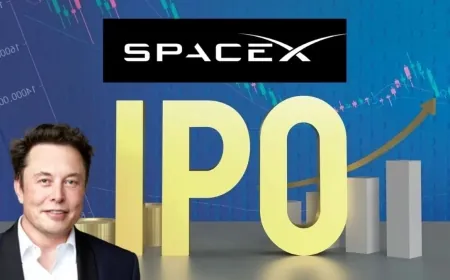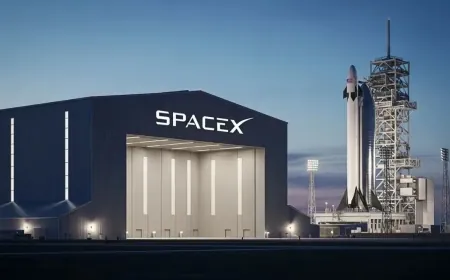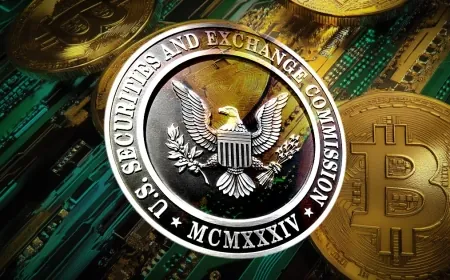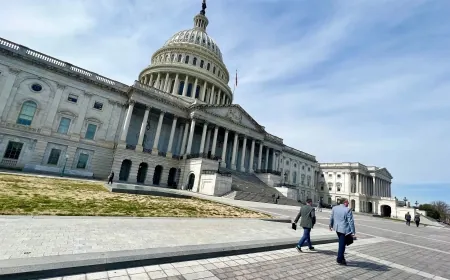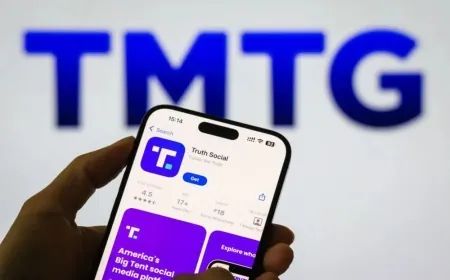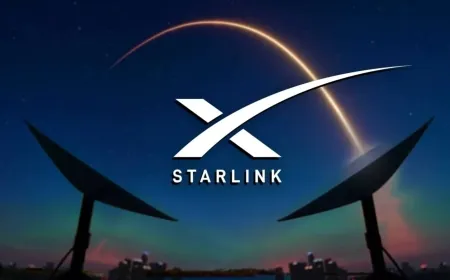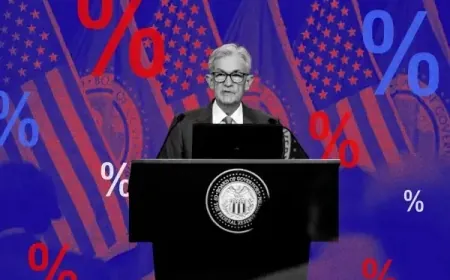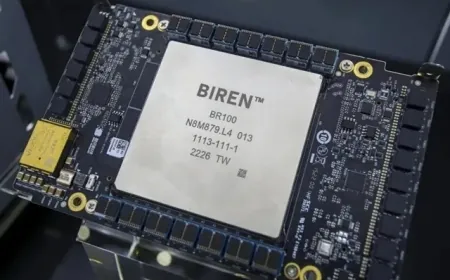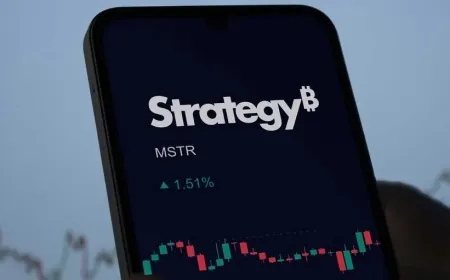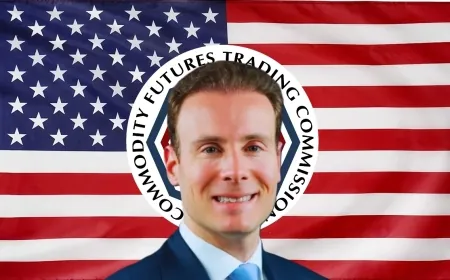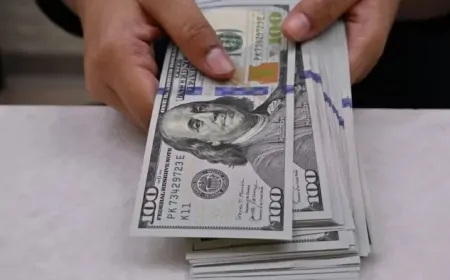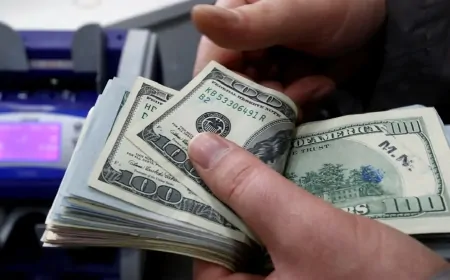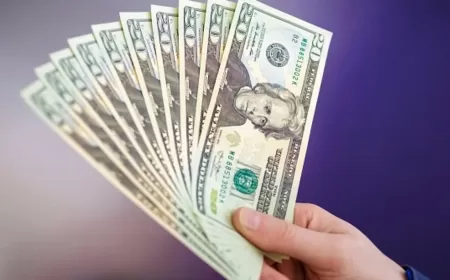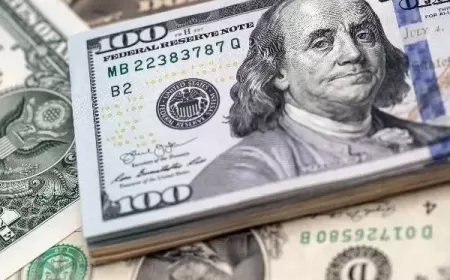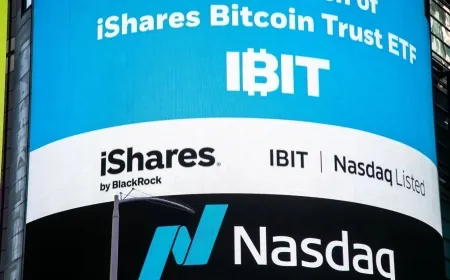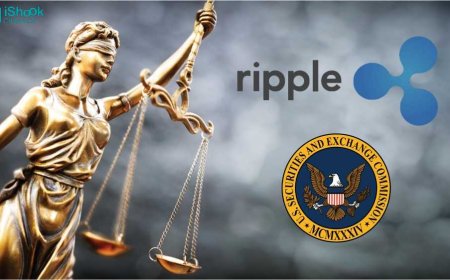Top 5 Stablecoins in 2025 — One Holds More U.S. Treasuries Than Germany
These 5 stablecoins dominate 95% of the $250B crypto market. One is linked to Trump, another holds more U.S. Treasuries than Germany. Full breakdown inside.

The stablecoin sector has become a major force in the cryptocurrency market, with its total valuation nearing $250 billion. Once viewed as a niche tool for crypto traders, stablecoins are now significant players in global finance, with potential implications for central banks, retail payment systems, and sovereign debt markets. As the industry matures, a handful of stablecoins have emerged as dominant forces—shaping policy debates and influencing capital markets in ways few expected a few years ago.
Below is a closer examination of the five largest stablecoins by market capitalization and their role in today’s digital economy.
Tether (USDT) Remains the Market Leader
Tether continues to command the stablecoin market with a market capitalization of approximately $164 billion. First launched in 2014, Tether is the oldest active stablecoin and remains the most widely used by volume. It was designed to maintain a 1:1 peg with the U.S. dollar and is backed by a mix of cash and cash-equivalent reserves, including U.S. Treasury bills.
The scale of Tether’s Treasury holdings has drawn growing attention. As of mid-2025, Tether had accumulated more than $120 billion in U.S. Treasury securities. That total now exceeds the U.S. debt holdings of Germany, which stands at around $111 billion—making Tether a larger holder of U.S. Treasuries than one of the world’s largest economies. This level of exposure places Tether among the biggest non-sovereign holders of U.S. government debt, highlighting its rising influence in global finance.
However, Tether’s legal structure continues to be a point of regulatory concern. The company is registered in offshore jurisdictions, and despite periodic attestations, questions around the transparency and consistency of its reserve reporting remain. Even so, its trading volume—over $100 billion daily—continues to far exceed that of all other stablecoins combined.
USDC: The Primary U.S.-Based Contender
USDC, currently holding a market cap of around $64 billion, is the second-largest stablecoin. Issued by Circle, a company based in the United States, USDC is known for its close regulatory engagement and detailed disclosures about reserve assets.
USDC has grown in popularity among institutional users, particularly in North America, and is heavily integrated across major exchanges and payment applications. Circle’s U.S. domicile and its partnerships with regulated financial institutions give it a level of credibility in policy circles that many offshore stablecoins lack.
Its lower trading volume compared to Tether—around $13 billion per day—doesn’t diminish its importance in compliance-focused financial applications. As regulation evolves, USDC’s transparency and alignment with U.S. regulators may prove to be a competitive advantage.
Dai: A Crypto-Backed Decentralized Option
Dai, with a market capitalization of approximately $5.4 billion, represents a different approach to stablecoin design. Instead of being backed by cash or Treasury debt, Dai is collateralized by various cryptocurrencies using smart contracts. It is issued by the decentralized autonomous organization (DAO) known as MakerDAO.
Dai's decentralized model appeals to users who prioritize censorship resistance and trustless systems. However, its reliance on crypto assets makes it inherently more volatile in times of market stress. To mitigate risks, Dai is often overcollateralized, meaning more crypto is held in reserve than the value of Dai issued.
This decentralized model has made Dai a favorite in DeFi (decentralized finance) circles, although it lacks the scale and institutional integration of USDT and USDC.
Ethena USDe: An Emerging Synthetic Dollar
Ethena’s USDe has quickly gained traction, reaching a market cap of around $4 billion. USDe distinguishes itself by using a synthetic model that combines crypto derivatives and smart contracts to maintain its peg to the U.S. dollar.
While still relatively new, Ethena’s rapid growth signals strong market interest in algorithmic and hybrid stablecoin designs—despite the failures of similar models in the past. The most notable collapse in this category was TerraUSD in 2022, which lost its peg and triggered a $45 billion meltdown.
Ethena’s model incorporates lessons from that episode, introducing stricter collateral policies and more conservative risk management frameworks. However, synthetic stablecoins remain a speculative area, particularly under the lens of incoming regulation.
USD1: Political Ties and Regulatory Attention
World Liberty Financial’s USD1 rounds out the top five with a market cap of $2.2 billion. What sets USD1 apart is its political affiliation—it is linked to the Trump family through financial and advisory roles in World Liberty Financial.
USD1 operates like other fiat-pegged stablecoins, maintaining a 1:1 peg with the dollar and backed by cash-equivalent reserves. However, its political connections have drawn scrutiny, especially during legislative debates on the future of stablecoin regulation.
Concerns surfaced earlier this year about potential conflicts of interest, particularly surrounding the proposed GENIUS Act—a bill that would set federal standards for stablecoin issuance and reserve management. Lawmakers questioned whether a politically affiliated stablecoin could coexist with the principles of monetary neutrality, though the legislation ultimately advanced.
Stablecoins Are Not All Alike
While all stablecoins aim to maintain a fixed value of one U.S. dollar, their methods for achieving this goal vary. The core differences include reserve composition, trading volume, governance models, and geographic jurisdiction.
-
Reserve Composition: Cash-backed stablecoins like USDC and USDT use fiat and Treasury securities, while others like Dai rely on crypto reserves or smart contract mechanisms.
-
Liquidity and Volume: Tether's daily trading volume surpasses $100 billion, significantly higher than USDC's $13 billion and exponentially more than smaller stablecoins.
-
Jurisdiction: U.S.-based issuers like Circle tend to face stricter compliance and reporting standards. Offshore entities, including Tether, face less oversight but also carry reputational risk.
-
Governance: Centralized issuers operate under corporate control, while decentralized issuers like MakerDAO function through community voting and smart contracts.
Understanding these differences is key for institutional investors and regulators alike as they evaluate the systemic risk and utility of various stablecoin models.
New Entrants Expected After Regulatory Approval
The expected implementation of the GENIUS Act could dramatically alter the stablecoin landscape by allowing nonbank entities to issue their own regulated stablecoins. This could open the door for major technology firms and retail platforms to introduce their own dollar-pegged digital currencies.
Such a development would increase competition, especially in the 10% of the market currently not controlled by USDT and USDC. It could also shift the balance of power in the stablecoin space, as companies with vast user networks—like payment processors or e-commerce platforms—begin to offer their own digital tokens for payment and settlement.
However, existing leaders like Tether and USDC are unlikely to be displaced anytime soon. Their dominance in liquidity, infrastructure integration, and institutional adoption gives them a significant head start. Still, the possibility of innovation in collateral structure, user experience, and compliance could allow smaller players to carve out meaningful niches.
Also Read: Bitcoin Holds Below $120K, Ethereum and XRP Weaken, Solana Stalls Under Resistance





